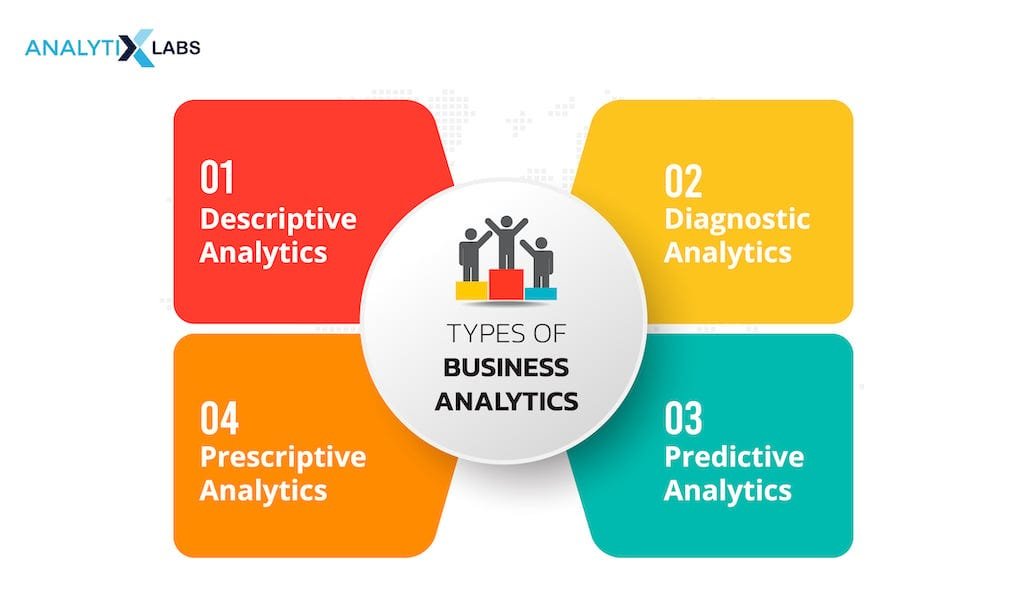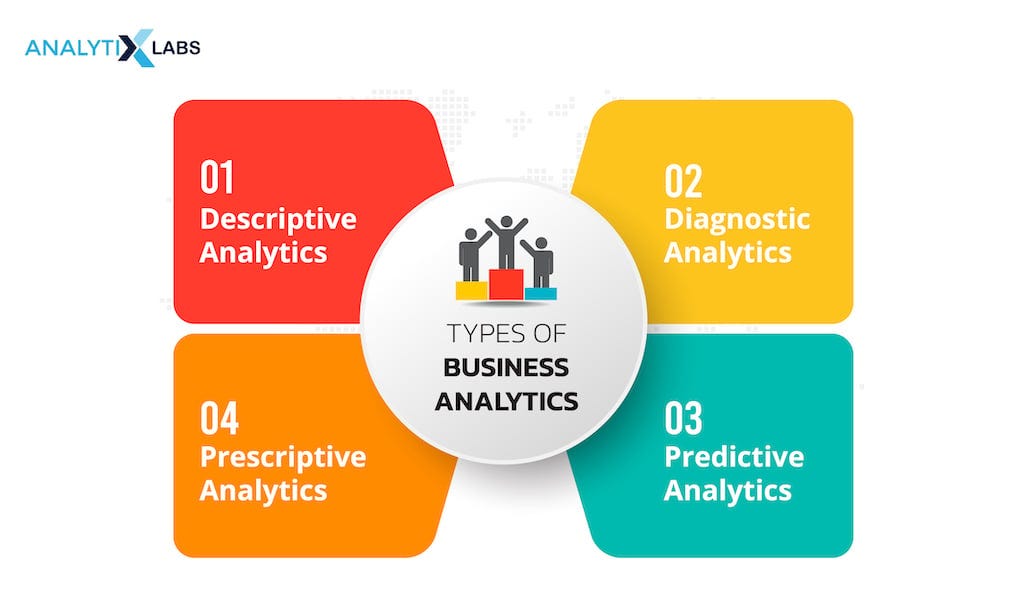
Introduction
Defining Predictive Analytics
Predictive analytics is a powerful tool that meticulously analyzes historical data to forecast future outcomes. By employing statistical algorithms and machine learning techniques, organizations can derive actionable insights that guide their decision-making processes. Think of it as a crystal ball for businesses, illuminating possible future scenarios by sifting through past patterns.
Consider a retail company that utilizes predictive analytics to determine purchasing trends during the holidays. By analyzing sales data from previous years, the retailer can predict which products are likely to be in demand, helping them optimize inventory and enhance customer satisfaction.
Significance in Business Strategies
The significance of predictive analytics in shaping future business strategies cannot be overstated. Here are a few key impacts:
- Informed Decision-Making: Organizations can back their strategies with data-driven forecasts, minimizing uncertainty.
- Optimized Resource Allocation: By anticipating future demands, businesses can effectively allocate resources, reducing waste.
- Enhanced Customer Insights: Understanding customer behavior enables tailored marketing strategies, improving engagement.
In essence, harnessing predictive analytics transforms data from a passive repository into a dynamic asset that drives strategic initiatives, ultimately leading to sustainable business growth. As companies evolve in this data-driven world, the relevance of predictive analytics continues to grow, firmly establishing its role at the heart of strategic planning.
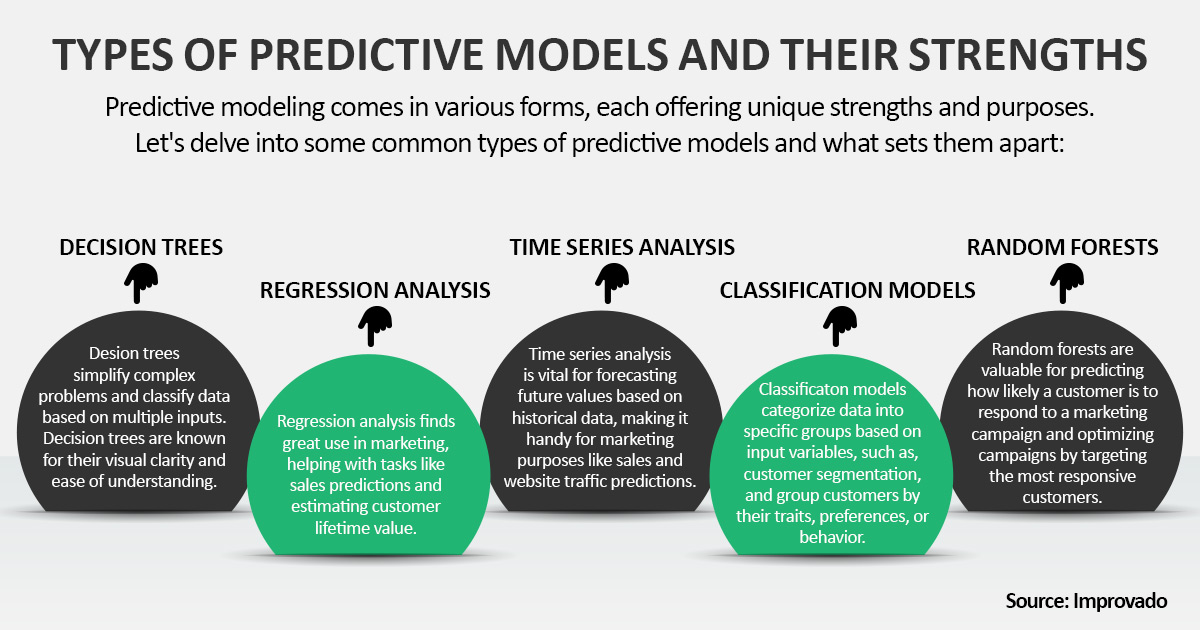
Understanding Predictive Modeling
Data Collection and Preparation
Once businesses recognize the importance of predictive analytics, the next crucial step is understanding predictive modeling, starting with data collection and preparation. This phase involves gathering relevant historical data, cleaning it, and ensuring it is formatted correctly for analysis.
Imagine a healthcare organization wanting to predict patient admission rates. They would collect data such as:
- Historical admission records
- Seasonal illness trends
- Patient demographics
Data preparation also involves handling missing values, outliers, and inconsistencies, ensuring that the dataset is robust and reliable. Just like preparing ingredients for a meal, thorough preparation here is essential for the predictive ‘recipe’ to yield accurate forecasts.
Selecting and Training Models
After data preparation, selecting and training models is the next step. Here, various predictive modeling techniques can be applied, such as:
- Regression Analysis
- Decision Trees
- Neural Networks
Training these models involves using the prepared data to teach the algorithm how to recognize patterns and make predictions. For instance, a financial institution might use historical loan data to train a model that assesses risk levels associated with new applicants. It’s like teaching a student; the more exposure to examples they have, the better they become at making informed decisions.
This stage not only helps in honing the model for accuracy but also emphasizes the significance of iterative testing to enhance predictive capabilities, leading to more effective and reliable outcomes in the business landscape.

Implementing Predictive Analytics in Business
Forecasting Market Trends
With predictive modeling in place, businesses can effectively implement predictive analytics to forecast market trends. This capability is invaluable in today’s rapidly changing business environment. By analyzing historical sales data, social media sentiment, and economic indicators, organizations can identify emerging trends before they become mainstream.
For example, a fashion retailer might analyze past trends alongside current social media buzz to predict which styles will be in demand next season. This proactive approach helps the retailer to:
- Adjust inventory levels accordingly
- Design marketing campaigns that resonate with target audiences
- Gain a competitive edge by being first to market
Customer Relationship Management
Another critical area where predictive analytics shines is in Customer Relationship Management (CRM). By leveraging data about consumer behavior, preferences, and purchase history, companies can offer personalized experiences that foster loyalty.
Take a subscription service as an example. By analyzing viewing habits, the service can recommend shows tailored to individual users. Key benefits include:
- Improved customer satisfaction through targeted suggestions
- Increased retention rates as customers feel more connected
- Streamlined marketing budgets by focusing on high-conversion segments
Incorporating predictive analytics into CRM strategies allows businesses to deepen their understanding of customer needs, ultimately leading to stronger relationships and enhanced profitability. As organizations continue to harness the power of predictive analytics, they pave the way for more informed and strategic business decisions.
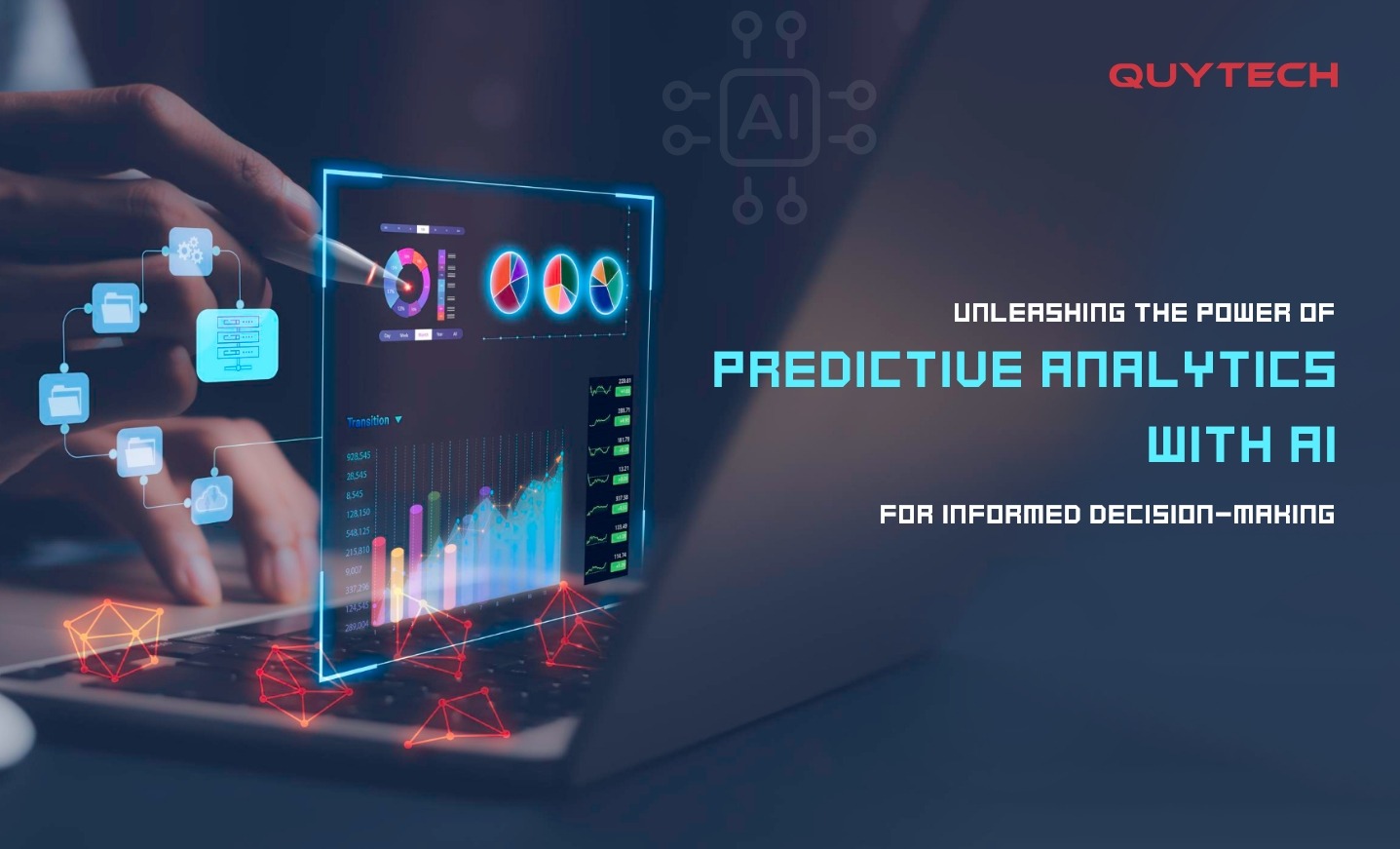
Leveraging Predictive Analytics for Decision Making
Improving Operational Efficiency
As businesses embrace predictive analytics, they unlock the potential to improve operational efficiency significantly. By predicting equipment failures or supply chain disruptions, organizations can make timely interventions that save both time and money.
Consider a manufacturing company that uses predictive analytics to monitor machine performance. By identifying patterns that signal wear and tear, they can schedule maintenance before a breakdown occurs. This proactive strategy results in:
- Reduced downtime
- Lower maintenance costs
- Enhanced productivity
In this way, predictive analytics becomes a cornerstone for ensuring that operations run smoothly and efficiently.
Enhancing Marketing Strategies
Furthermore, predictive analytics plays a pivotal role in enhancing marketing strategies. Companies can analyze customer behavior, demographic data, and market trends to craft campaigns that resonate deeply with target audiences.
For instance, a beverage company can leverage predictive models to identify potential customers who may be interested in a new flavor. By targeting ads based on consumer preferences gathered from previous purchases, the company can:
- Increase conversion rates
- Optimize marketing spending
- Build brand loyalty
With predictive analytics, marketers can transition from guesswork to data-driven decisions, leading to campaigns that not only reach but engage customers effectively. By integrating these insights into their strategy, businesses gain a competitive edge in capturing market opportunities.
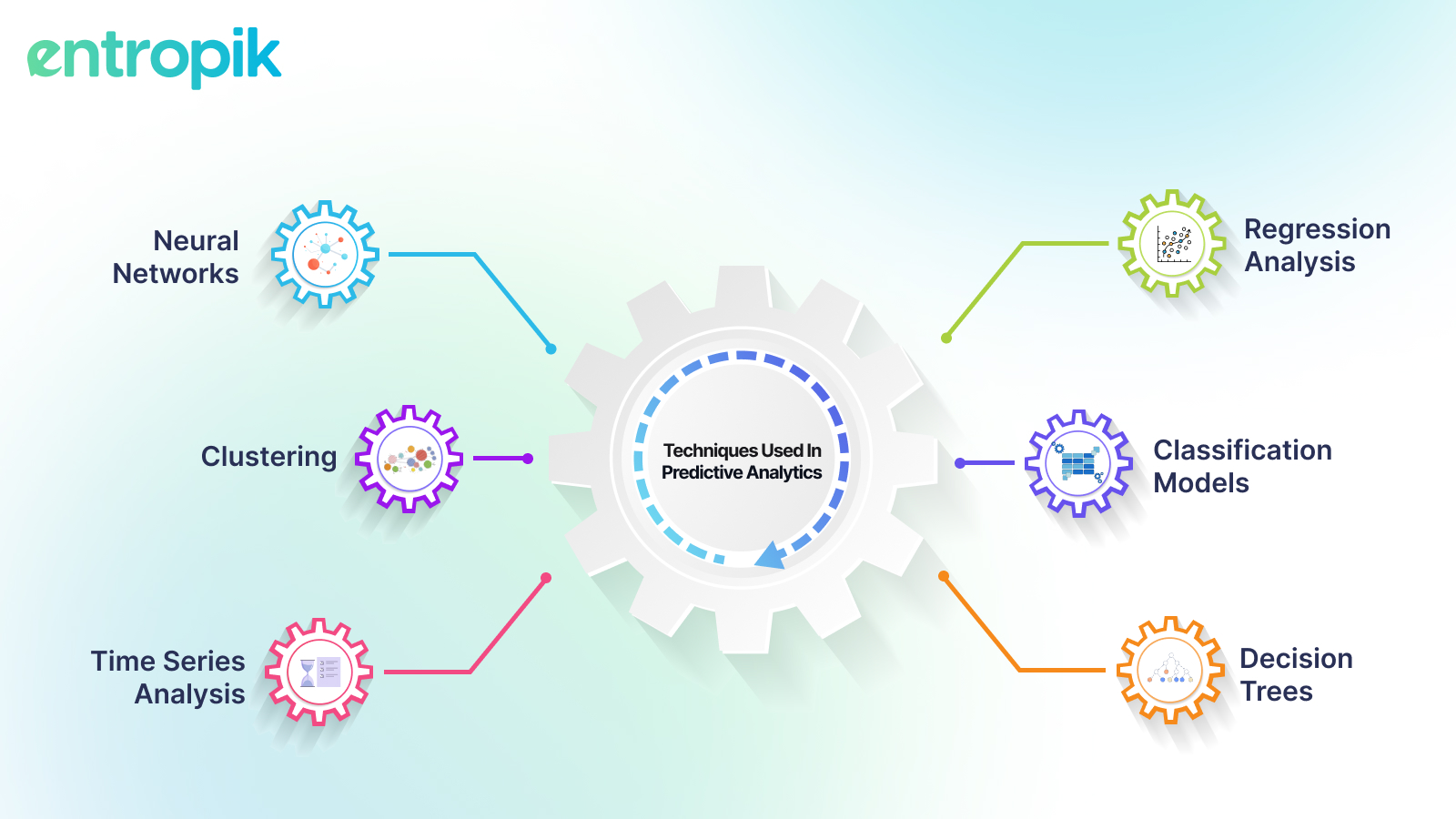
Overcoming Challenges in Predictive Analytics
Data Quality and Integration
Despite the myriad benefits of predictive analytics, businesses often encounter challenges, particularly concerning data quality and integration. Poor data quality can lead to inaccurate models and misleading predictions, which can jeopardize strategic initiatives.
Imagine a retail chain struggling with inconsistent customer data across various platforms. To overcome this, organizations must prioritize:
- Regular Data Audits: Continuously monitoring and cleaning data ensures accuracy.
- Standardized Data Formats: Implementing uniform data standards helps in seamless integration across systems.
- Advanced Data Integration Tools: Leveraging technology can streamline the consolidation of disparate data sources.
By addressing these issues, businesses can enhance the reliability of their predictive models, leading to more effective outcomes.
Privacy and Ethical Concerns
Equally critical are the privacy and ethical concerns surrounding predictive analytics. In an age where data breaches make headlines, organizations must ensure they are handling customer data responsibly.
For instance, companies should prioritize:
- Transparent Data Practices: Clearly communicating to consumers how their data is used fosters trust.
- Robust Data Security Measures: Implementing stringent security protocols protects sensitive information from unauthorized access.
- Ethical Use of Algorithms: Regularly reviewing algorithms to mitigate bias is essential for fair treatment of all consumers.
By addressing these privacy and ethical challenges, businesses not only comply with regulations but also foster a sense of responsibility in their operations. This, in turn, builds consumer confidence, allowing predictive analytics to be embraced more widely and effectively across industries.
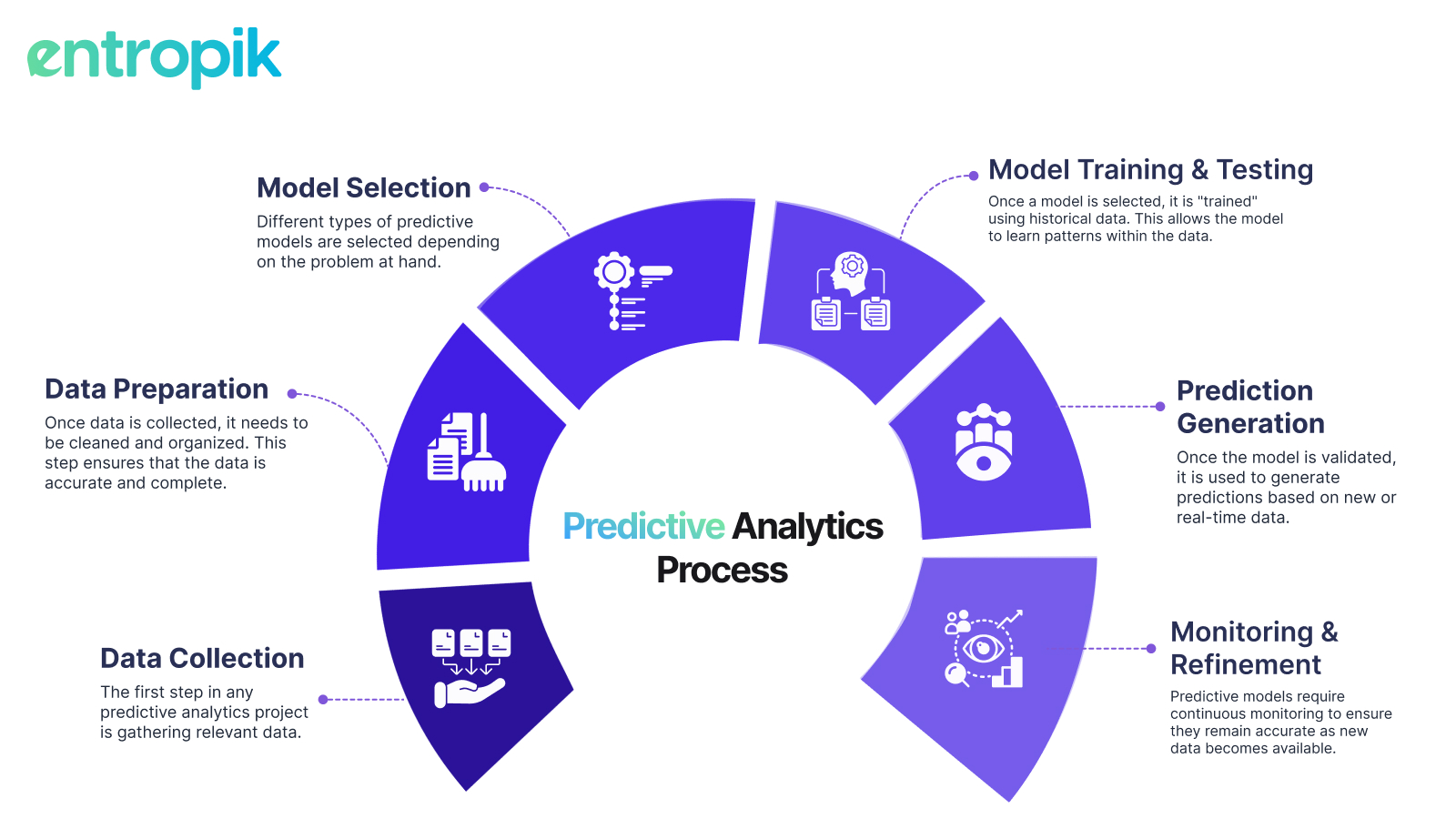
Future Trends in Predictive Analytics
Artificial Intelligence Integration
As we look towards the future, one of the most significant trends in predictive analytics is the integration of Artificial Intelligence (AI). This evolution allows businesses to enhance their predictive capabilities through advanced machine learning algorithms that can process vast amounts of data more efficiently than ever.
For example, AI can uncover intricate patterns in customer behavior that traditional methods might miss, allowing marketers to tailor campaigns with precision. Companies can expect:
- Improved Accuracy: AI-driven models can adapt and refine themselves with new data points, leading to more reliable predictions.
- Real-Time Analytics: Organizations can respond to market changes almost instantaneously, ensuring a competitive edge.
Prescriptive Analytics
Another emerging trend is the rise of prescriptive analytics, which goes a step further than predictive analytics by not just forecasting outcomes but also recommending actions. This capability empowers businesses to make proactive decisions backed by data.
Imagine a logistics company using prescriptive analytics to optimize delivery routes. By analyzing various factors like traffic, weather, and past delivery times, the system can suggest the most efficient routes, potentially saving time and costs. Key benefits include:
- Enhanced Decision-Making: Organizations can weigh the potential impact of decisions before execution.
- Increased Efficiency: Streamlined operations lead to better resource utilization.
By embracing these future trends, businesses will not only refine their predictive analytics capabilities but also position themselves strategically for long-term success in an increasingly data-driven world.

Case Studies of Successful Predictive Analytics Implementation
Retail Industry
The retail industry serves as a prime example of how predictive analytics can revolutionize business operations. One notable case involves a major retail chain that implemented predictive analytics to optimize inventory management. By analyzing historical sales data, seasonal trends, and regional shopping behaviors, the retailer successfully predicted demand fluctuations.
As a result, they achieved:
- Reduced Stockouts: Ensuring popular items were always available.
- Minimized Overstock: Lowering costs associated with excess inventory.
- Enhanced Customer Experience: Meeting customer demands more effectively led to increased satisfaction.
The retailer’s strategic use of predictive analytics not only improved their bottom line but also established a stronger connection with their clientele.
Healthcare Sector
In the healthcare sector, predictive analytics has proven instrumental in enhancing patient care. A renowned hospital group leveraged predictive analytics to anticipate patient admission rates during flu season. By examining historical admission data and current health trends, they effectively managed hospital resources.
Key outcomes included:
- Optimized Staffing Levels: Ensuring adequate staff during peak times.
- Improved Patient Outcomes: Reducing wait times through better resource allocation.
- Cost Savings: Streamlining operations to cut unnecessary expenditures.
This proactive approach to patient care through predictive analytics not only improved operational efficiency but also fostered a higher standard of health services, exemplifying the profound impact that data-driven strategies can have across industries.

Impact of Predictive Analytics on Business Growth
Financial Performance
The impact of predictive analytics on business growth is profound, particularly in enhancing financial performance. Companies that effectively harness predictive insights often see significant improvements in their revenue streams. For example, a telecommunications firm utilized predictive modeling to identify churn risk among customers.
By proactively reaching out to those at risk with tailored incentives, the firm achieved:
- Higher Retention Rates: Reducing customer churn translates directly to sustained revenue.
- Increased Sales: Data-driven cross-selling opportunities led to greater average revenue per user (ARPU).
- Cost Savings: Email and retention campaigns are far less expensive than acquiring new customers.
This strategic application of predictive analytics not only optimized their financial metrics but also provided a clearer path for future investments.
Competitive Advantage
Moreover, predictive analytics serves as a crucial tool in establishing competitive advantage. Businesses that adopt predictive insights are better positioned to outmaneuver their competitors by anticipating market trends and customer needs.
Take the case of a global e-commerce giant that leverages predictive analytics to curate personalized shopping experiences. By understanding customer preferences, the company has benefited from:
- Increased Customer Loyalty: Personalized experiences foster long-term relationships.
- Agility in Market Trends: The ability to pivot based on data trends means staying ahead of the competition.
- Enhanced Brand Image: Being seen as innovative attracts customers looking for cutting-edge experiences.
In this way, by utilizing predictive analytics, businesses can not only improve their financial health but also carve out a unique position in the marketplace, ensuring sustainable growth for years to come.
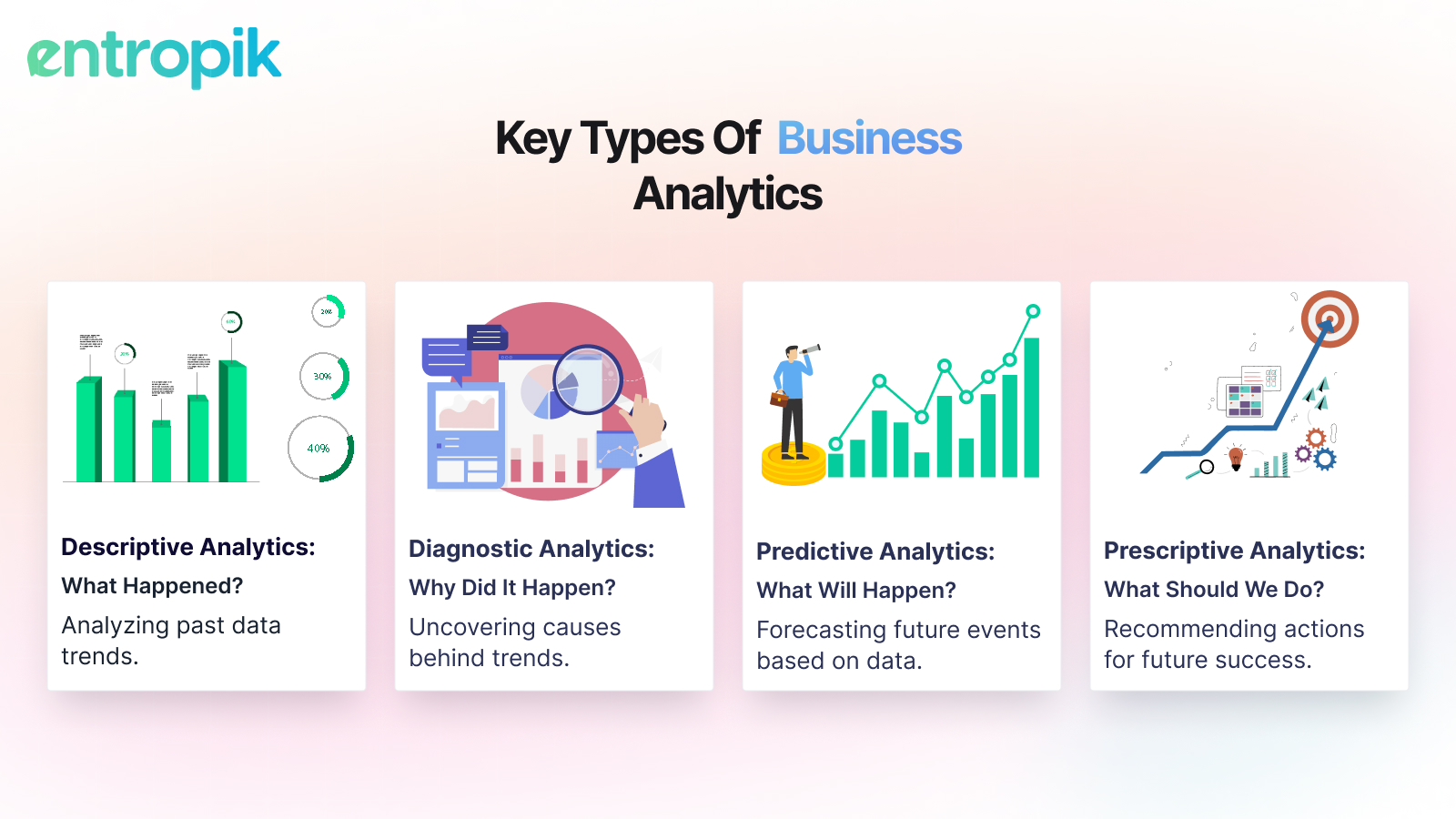
Ethical Considerations in Predictive Analytics
Bias and Fairness
As organizations increasingly rely on predictive analytics, ethical considerations surrounding bias and fairness become paramount. Predictive algorithms can inadvertently perpetuate or even amplify existing biases if they are not carefully managed. For example, a hiring algorithm trained on biased historical data may favor certain demographics over others, which can lead to discriminatory practices.
To mitigate bias and promote fairness, businesses should:
- Conduct Regular Audits: Periodically assess algorithms for potential biases in predictions.
- Diversify Data Sources: Ensure training data represents a broad range of demographics and circumstances.
- Engage Stakeholders: Involve diverse teams in the development phase to identify biases early on.
By addressing these issues, organizations can work toward creating fairer systems that benefit all users.
Transparency and Accountability
Transparency and accountability are critical facets of ethical predictive analytics. Stakeholders, including customers and employees, need clarity about how their data is used and how decisions are made.
Consider a financial institution that uses predictive analytics to assess loan applications. If applicants are unaware of the criteria used, trust can erode. To enhance transparency:
- Clear Communication: Explain data usage and decision-making processes in simple terms.
- Documented Guidelines: Establish and share ethical guidelines for responsible data use and model development.
- Feedback Mechanisms: Implement channels for clients to raise concerns or questions regarding predictive practices.
By fostering a culture of transparency and accountability, organizations not only comply with ethical standards but also build stronger relationships with their customers, ultimately enhancing their reputation and brand loyalty.

Conclusion and Future Implications
Recap of Key Takeaways
As we conclude our exploration of predictive analytics, several key takeaways emerge that underscore its transformative impact on business. From enhancing financial performance to establishing competitive advantages, predictive analytics has proven to be a vital tool for informed decision-making. Moreover, as highlighted in our discussions, ethical considerations like bias and transparency are essential for fostering trust and integrity in data practices.
In summary, businesses adopting predictive analytics can expect:
- Improved operational efficiency through timely insights.
- Enhanced customer engagement via targeted marketing strategies.
- Proactive problem-solving capabilities to anticipate future challenges.
Future Outlook
Looking ahead, the future of predictive analytics appears even more promising. With advancements in artificial intelligence and machine learning, organizations will be equipped to delve deeper into data, deriving even more nuanced insights. The ongoing integration of prescriptive analytics will empower businesses to make not just predictions but actionable recommendations.
Ultimately, as organizations prioritize ethical practices and transparency, predictive analytics will become an integral part of strategic planning, paving the way for sustainable growth and innovation across various industries. Embracing these trends will not just shape future business strategies but also redefine the way companies interact with their customers and stakeholders.
